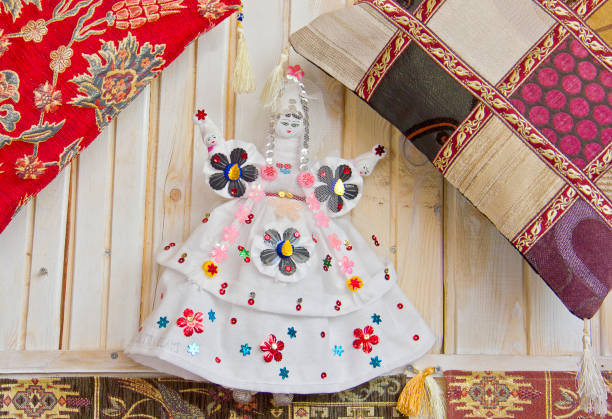This article traces the history of Chikankari and its present-day persona. It is a marvelous creation that comes in many colors, motifs, and price ranges. This beautiful, lightweight, and delicate form of Indian embroidery is usually in floral embroidery. It makes summer dreams come true.
This article traces the history of Chikankari from its earliest days to today’s persona.
Chikankari is a masterpiece that has been around for centuries. It comes in many different colors, patterns, and price ranges. This beautiful, delicate, and lightweight form is Indian embroidery that usually takes the form of floral embroidery. It makes Indian women’s summer dreams come true.
This age-old embroidery style is new and trendy, adding ethnic flair to your holiday wear. Chikankari embroidery was originally done on linen or cotton fabrics, but today, crop tops and lowers are adorned with this traditional Lucknow style. We’ll delve into the history of this most famous textile from Nawabs.
The Origin
This intricate and delicate art was first created in white on white, and it is believed that the Persian nobles brought this traditional craft to India in the 17th Century. Chikankari was brought to India by the Mughal Emperors to impress their women. Chikankari artisans can be found in India today, but Lucknow remains the epicenter or hub of this type of embroidery.
The weave technique
Chikankari, a form of handwork, is done on fabric, mainly muslin or cotton, in order to give it a rich, vibrant, and classy look. This is something that modern, edgy clothing lacks both in terms of art and technique.
When it comes to finishing a Chikankari design, there are two stages.
Pre-stage
Block printing the fabric with blue dye (Neel) is the first step. After the material is published, it is then cut into whatever type of dress you want.
* Post-stage
In the preparation stage, the actual Chikankari is done. The fabric is kept intact and framed with a wooden or plastic frame. A variety of different stitches, including chains, hems, and backs, characterize the exquisite Chikankari. The cloth is then washed after the final work to remove any stains from the ink or dye.
Why is Chikankari so special?
Chikankari is popular because of its unique stitching, the skill and expertise of artisans, and the craftsmanship of artisans. Chikankari’s perfection, finish, neatness, and royal appeal are beyond what is expected and make it hard to find anywhere else in the world.
A trend that is constantly evolving
Chikankari is a tradition that has been around for centuries. Fashionistas and people love the variety of fabrics, colors, and motifs. It is surprising that the technique and art, which started with white on muslin and only for salwars and kurtis and was confined to muslin and white cloth, has become cool, trendy, modern, and edgy. Fabrics such as cotton, organza, and silk are also used for Chikankari. The colors are now more vibrant, pastel, and darker than white. Chikankari was once only used on desi clothing like kurtis and salwar kameez. Today, it is found on sarees as well as ethnic trousers, Anarkali, and other garments. Chikankari is also used on home furnishings such as tablecloths, bedsheets, cushions, and blinds.
Indian designers, artisans, and artisans leave no stone unturned in order to maintain the popularity of this special cultural weave and bring it up with the process from designing, engraving, and block printing until it is washed and finished.




